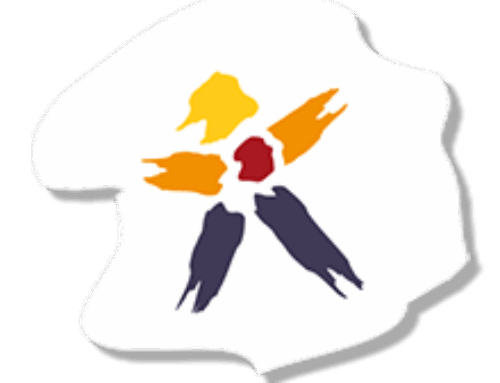We were having coffee, Julie and I — she had just returned from a visit to a tomato processing plant in Spain, and I was curious about her thoughts on the company’s next growth step. Julie is young, sharp, and always striving for improvement. Not just in her processes, but especially in her people.
The Risk of a Poor Hire
So when the conversation turned to leadership, the energy was immediate.
“I know exactly what I want,” she said. “But how can I be sure someone really fits? That they can keep up with my pace and also match our culture?” A fair question — and one I often hear from directors like Julie: driven, ambitious — but also realistic about the risks of hiring the wrong person. Especially in the agri-food sector, where you’re dealing not only with market pressure but also with seasons, regulations, and supply chains, the wrong leader can cause significant damage.
What Can Go Wrong?
We discussed a few classic pitfalls:
• Poor cultural fit. Someone may have an impressive track record, but not connect at all with the no-nonsense mentality of a factory team.
• Limited candidate pool. If you only search within your existing network, you might miss the fresh perspective needed for real innovation.
• Inadequate behavioral assessment. A CV and references are important but don’t reveal much about leadership style or resilience under stress.
• Unconscious bias. Hiring committees often lean toward candidates who are “like them” — even though diversity boosts innovation and resilience.
• Misaligned incentives. When someone is evaluated only on short-term results, but the organization really needs long-term transformation.
What Does Work?
Julie opened her notebook as we talked through ways to reduce these risks. These were the key takeaways:
Create a profile that goes beyond a job description. Clearly define the strategic goals of the role. What must this person really be able to do, and how should they fit into the team?
Build in diversity from the start. Not because it’s expected, but because otherwise you miss valuable perspectives.
Use solid assessments. Psychological testing, structured interviews, and — crucially — reference checks that explore behavior and collaboration.
Work transparently. Boards and leadership teams should be involved throughout the process, with clear decision points.
Partner with specialists. Especially when hiring from outside your sector or when you need someone to lead change, it helps to work with someone who truly understands that dynamic.
Not Just Another Hire
What really resonated with Julie was the realization that a good executive search isn’t just about shuffling CVs — it’s a strategic exercise. You’re not filling a position; you’re building your future. “I don’t want a yes-person,” she said as we wrapped up. “I want someone who understands my plans and dares to challenge them.” That summed it up perfectly. Strong leadership doesn’t start with the appointment. It starts with the right questions. And by taking that process seriously, you lower the risks — and increase the odds of lasting impact.
Warm regards,
Wilko Grievink
📱 +31 6 553 622 53
✉️ wilko.grievink@hightouchglobal.com




